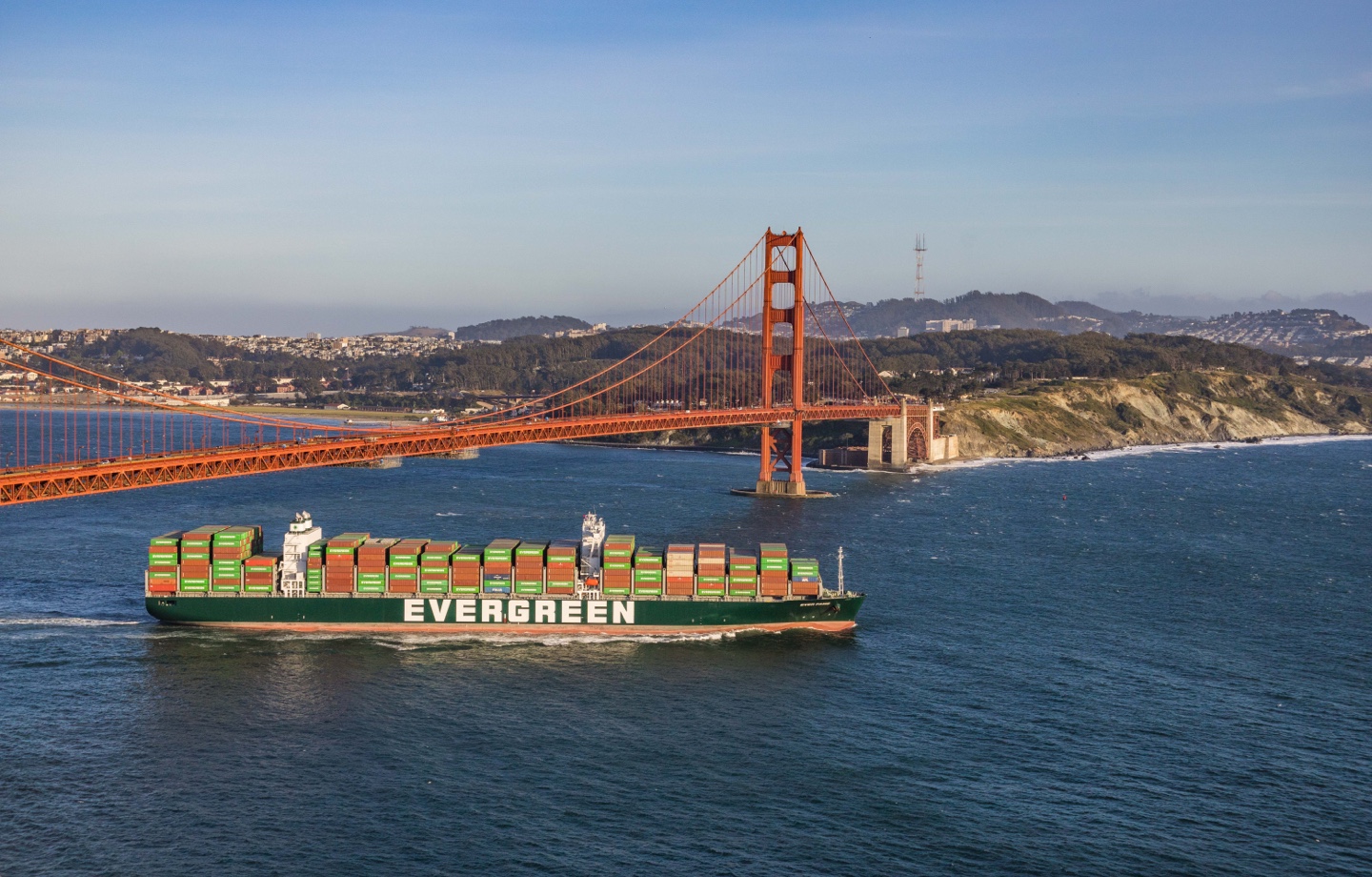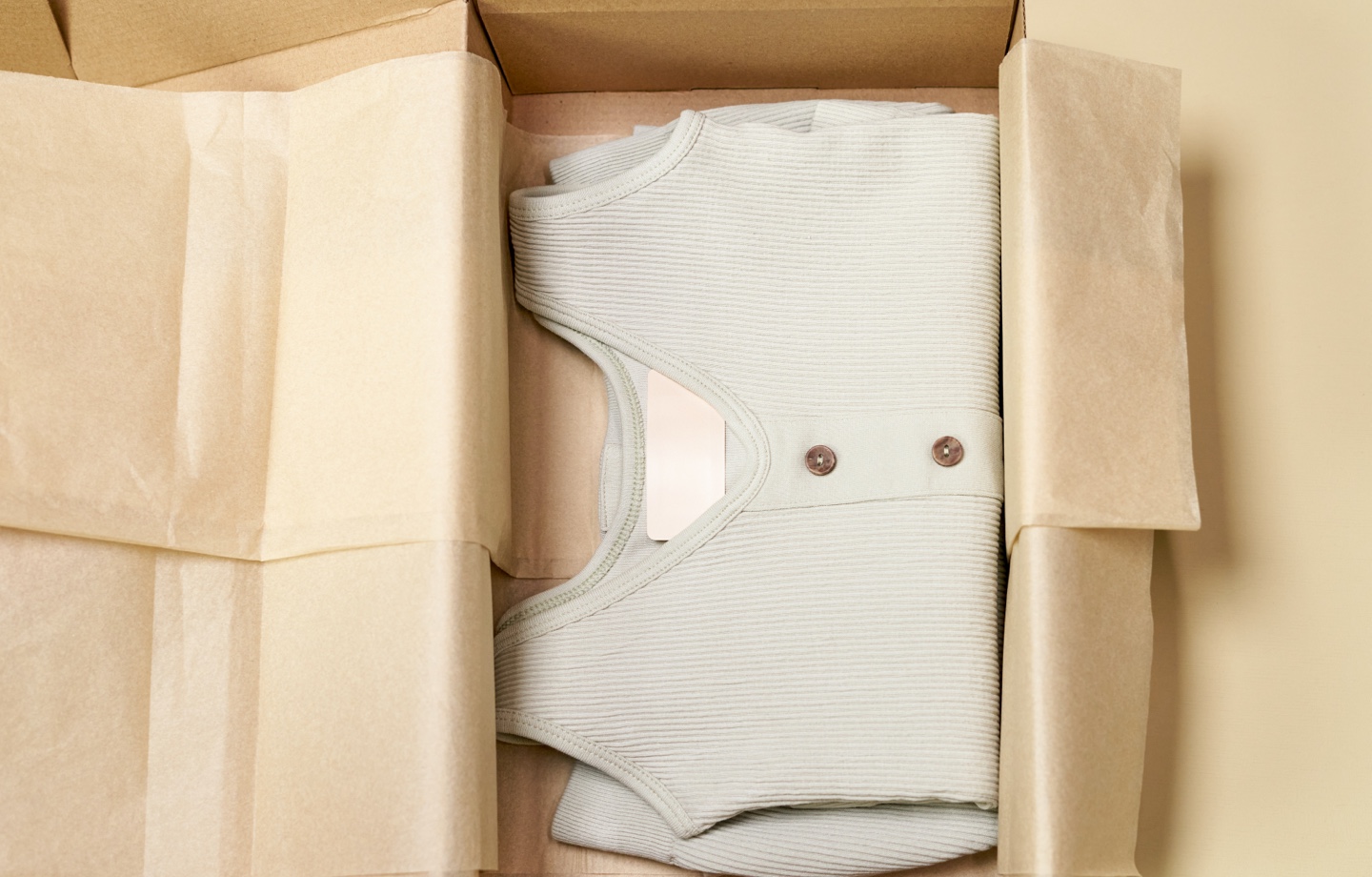We can buy just about anything online — and receive it almost immediately. But our addiction to fast shipping comes with consequences.
Gone are the days when most goods purchased online took seven to 10 business days to reach front doors. Now, millions of shoppers expect to buy an item one day and receive it the next — thanks in large part to major online retailer Amazon, which offers same- and next-day shipping for Prime members. Others have followed suit. Walmart now offers one-day shipping without a membership fee and Target has a one-day delivery program for loyalty members.
The problem is fast shipping, a market that runs on single-use packaging, and an “I want it now” mentality, has created an economy that produces gluttonous amounts of waste. Not only that, our addiction to fast shipping results in inefficient truck routes, significant carbon emissions, and hundreds of thousands of acres of polluting warehouses to store would-be purchases — all of which harm the environment and encourage consumerism.
Global shipping is responsible for three percent of annual greenhouse gas production. One estimate found that Amazon’s package deliveries in 2017 created 19 million metric tons of carbon, equivalent to the total yearly emissions from five coal power plants. That same year, FedEx was responsible for 14 million metric tons of carbon emissions and UPS was responsible for 13 million tons. And during the pandemic, the amount of goods Amazon shipped daily skyrocketed, increasing its carbon footprint by 18 percent.

Read more: How Giant Kites Reduce Cargo Ship Emissions
Meanwhile, a study on the environmental impact of fast shipping found that short delivery windows result in trucks failing to utilize their full capacities, more frequent dispatch, and increased transportation costs — increasing total CO2 emissions by up to 15 percent.
Then there’s the packaging. In order to get goods to consumers, companies have to put these items in something. Unfortunately, most rely on a host of non-recyclable packing material, like plastic wrapping and Styrofoam. A majority — or 71 percent — of all waste produced in the U.S. comes from products and packaging.
And let’s not forget the millions of cardboard boxes. In 2021, Amazon shipped an estimated 7.7 billion packages globally, mostly in cardboard boxes. These receptacles are a recyclable and sustainable material (the average box contains 50 percent of recycled material), however, there’s no guarantee that they won’t end up in the trash.
“The concern is that when you have more cardboard transitioning to the home, it becomes more of an individual choice for consumers whether they recycle it,” Rachel Kenyon, senior vice president at the Fibre Box Association, a trade group representing packaging manufacturers, told The Verge.

Read more: Refill Stores Are Trending — Here’s Why That Matters
The last piece of the fast shipping puzzle is warehouses, which have their own environmental impact. Amazon warehouses, such as those in Southern California, have proliferated the landscape in order to meet short delivery times and unprecedented consumer demand. These warehouses are associated with increased rates of air pollution due to the many trucks that depart from the area daily — resulting in an outsized impact on the local population. Amazon’s more than 3,000 warehouses in Southern California are concentrated in areas that have higher toxic emissions rates than 86 percent of the state.
So what can we do about all this extra waste and added emissions? Here are a few ways to cut ties with a fast shipping addition.
The first and best answer is simply to buy less. And don’t get caught up in the latest trends. (Do you really need that amethyst face massager?) Instead, invest in high-quality items that are made of natural, sustainable materials that will stand the test of time.
Reduce your carbon footprint by buying items in-store when you can — and take public transportation or walk to get to your shopping destination.

On Amazon, you can select an Amazon Delivery Day, which asks the company to combine multiple orders in one box, if possible, and often only tacks on a few extra days to your delivery. Plus, this shipping method includes other stops on its journey to your mailbox, reducing emissions and maximizing truck routes.
When you receive a package, take the time to properly recycle all the included packaging. Separate and flatten your cardboard, gather your plastic wrappings, and drop them in the correct recycling receptacles.
Sustainability, ethical consumption, and labor rights are intimately connected in the consumer market. So shopping responsible and sustainable brands has a positive impact on laborers — who often work in unsafe or low-wage conditions to meet high levels of consumer demand.

Read more: 5 Mobile Apps to Help You Shop Sustainably
Have feedback on our story? Email [email protected] to let us know what you think!

Shop Pillows
The Essential Organic Pillow Collection
Gentle, breathable, non-toxic support.







